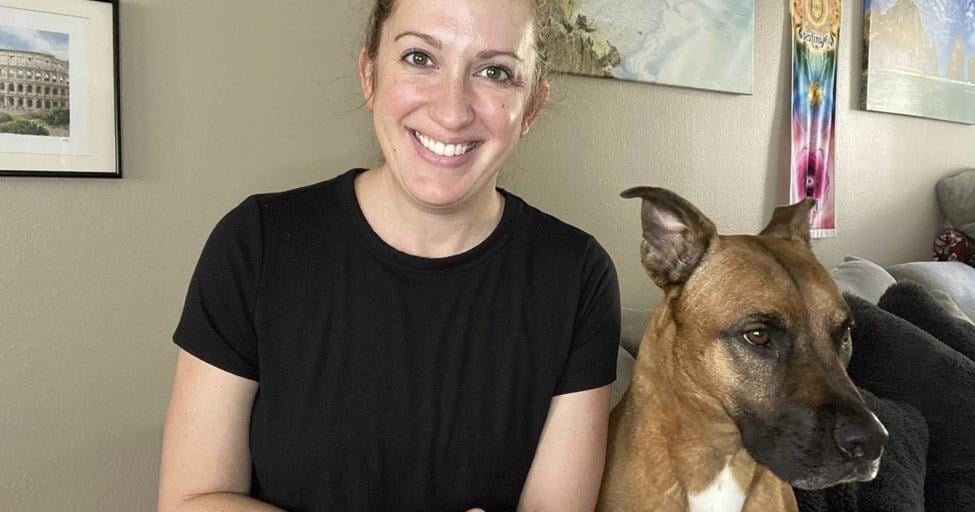PARIS (AP) — High-speed trains around France were hit by several “malicious acts” Friday that heavily disrupted traffic on the day of the high-risk opening ceremony of the Paris Olympics, according to the national rail company SNCF.
Travel to and from London beneath the English Channel, to neighboring Belgium, and across the west, north and east of France were affected by what SNCF called a series of coordinated overnight incidents.
Government officials denounced the incidents hours before the opening ceremony of the Paris Olympics, which are happening around France, though there was no immediate sign of a link to the Games.
National police said authorities are investigating what happened. French media reported a big fire on a busy western route.
Transport Minister Patrice Vergriete said in a post on X that he “firmly condemns these criminal incidents,” and that SNCF is working to restore traffic.
Sports Minister Amélie Oudéa-Castera said authorities are working to “evaluate the impact on travelers, athletes, and ensure the transport of all delegations to the competition sites” for the Olympics. Speaking on BFM television, she said, “Playing against the Games is playing against France, against your own camp, against your country.” She didn’t identify who was behind the vandalism.
Paris police chief Laurent Nunez, speaking on France Info radio, said he would send police reinforcement to overcrowded train stations in relation to the SNCF incidents.
Passengers at St. Pancras station in London were warned to expect delays of around an hour to their Eurostar journeys. Announcements in the departure hall at the international terminus informed travelers heading to Paris that there was a problem with overhead power supplies.




















